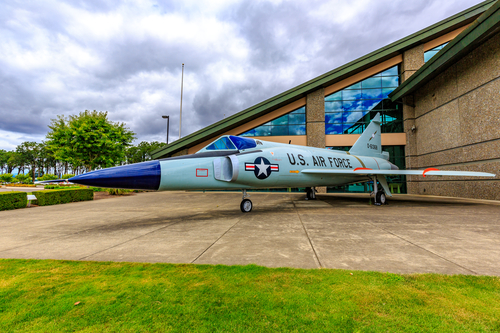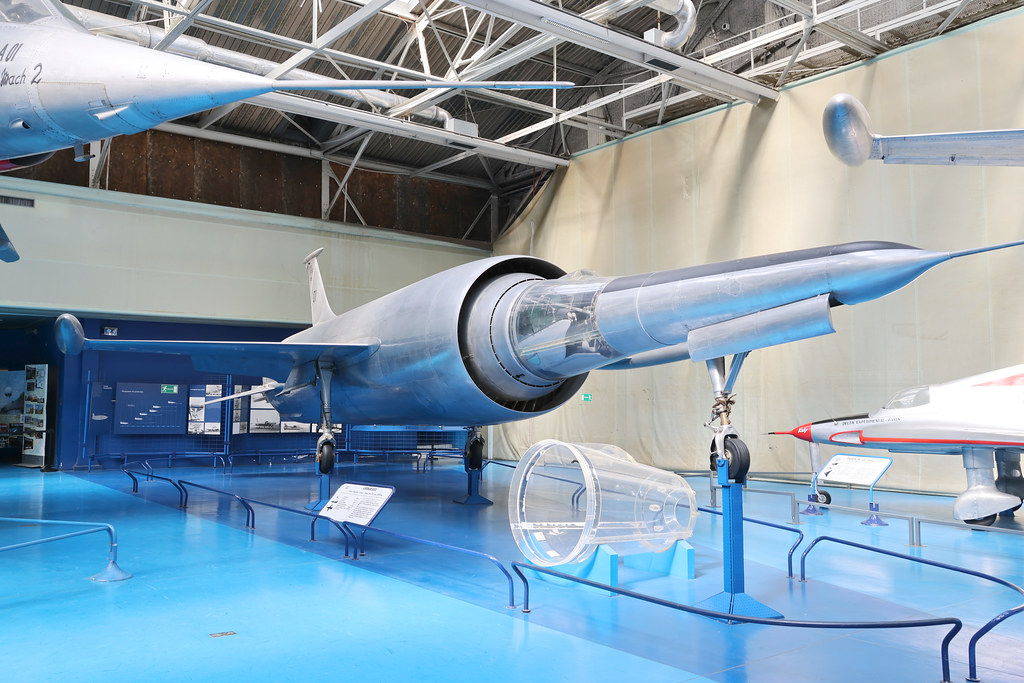
The world of military aviation is replete with tales of technological marvels, cutting-edge advancements, and aerial supremacy. Yet, for every successful fighter jet that claims its place in the annals of air combat, there are those that become the stuff of cautionary tales, embodying costly blunders and deadly miscalculations. These ill-fated birds, clad in steel and ambition, often soar only to plummet into a graveyard in the sky—a testament to the razor-thin line between innovation and disaster.

The history of military aviation is a mixed tale of stunning triumphs and stark failures. Despite the advanced technologies and rigorous testing, some fighter jets have failed to live up to expectations—some because of design flaws, others due to political and budgetary constraints, and a few simply because they were ahead of their time.

In an all-too-common scenario, a fighter jet that looks promising on paper may turn into a fiasco when it enters service. For example, the Lockheed F-104 Starfighter, christened as a “flying coffin” by its very pilots, was the first production aircraft to achieve Mach 2, but its tenure with the United States Air Force was brief.

Its notorious difficulty to fly claimed the lives of many, with the German Luftwaffe losing 116 pilots, earning the plane the grim moniker of “Widowmaker.”

Several fighters have even gained infamy for being hazardous without the foe’s intervention. The de Havilland Sea Vixen, despite its groundbreaking approach as the first British aircraft to achieve supersonic flight, saw a tragic ending to its prototype at the Farnborough Airshow, resulting in 31 spectators’ deaths and killing its pilot.

Its design changes to address the accident ironically stripped it of supersonic capabilities, leading to a loss of interest by the Royal Air Force.

Another grim contender in the list of failed jets is the Convair F-102 Delta Dagger, which could not reach its expected speed of Mach 1 until a major redesign.

Despite entering service with the United States Air Force, it quickly became outdated and transitioned to a less glamorous role as a target drone.

The Sukhoi Su-57, Russia’s answer to Western fifth-generation fighters, has also been plagued with problems, from subpar stealth capabilities to manufacturing flaws that leave it significantly outnumbered by its American counterparts, such as the F-35.

The Yakovlev Yak-38, intended for Soviet aircraft carriers but plagued with design issues that led to its abandonment.

The Yak-38 had the integration of the rear thrust engine and two lift turbofans, which proved to be a fatal flaw, as mechanical failure would send the aircraft into an uncontrollable spin.

The Leduc 022 of France stands out as an example of radical innovation that faced insurmountable obstacles. Designed with a prone-position cockpit and a massive ramjet engine, the 022’s ambitious design and high risk of engine fires eventually led to its cancellation, despite showing promise as a supersonic fighter.

The Lockheed YF-12, a precursor to the SR-71 Blackbird, demonstrated unmatched performance with sustained Mach 3 flights.

However, due to a shift in strategic priorities and budgetary pressures from the Vietnam War, the YF-12 project was shelved, never realizing its full potential as a formidable interceptor.

Behind the glory of air superiority lies the shadow of those forgotten crafts, whispers of what could have been but wasn’t—each a chapter in the never-ending saga of military aviation.
Relevant articles:
– Five Failed Fighter Jets That Didn’t Live Up To Expectations, Simple Flying
– Real ‘Flying Coffins’: The 5 Worst Fighter Planes to Ever Fly, nationalinterest.org
– The 11 Worst Fighter Jets Of All Time, SlashGear
– Top 10 failed fighter jets, AeroTime

